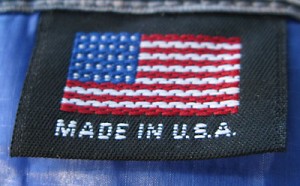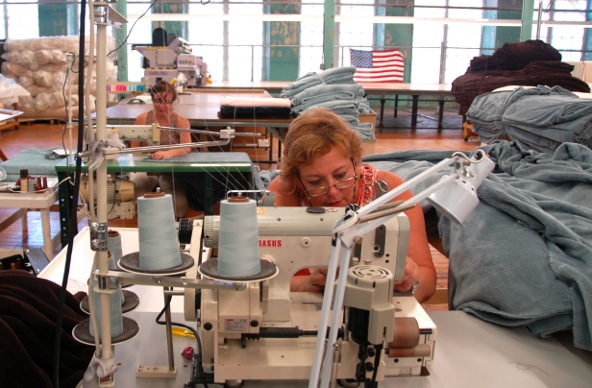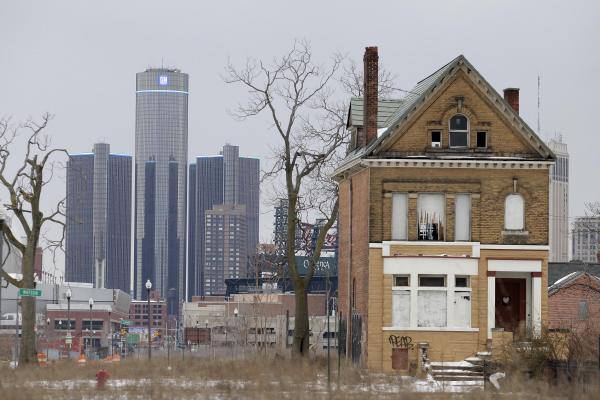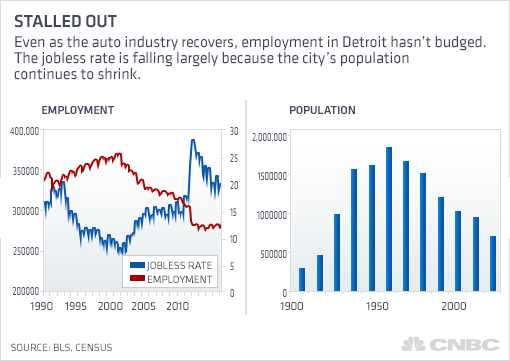For many U.S. consumers, it’s a popular idea: Label packages to let them know what country the meat comes from.
But with his herd of roughly 4,000 including cattle from Mexico, McCan said there’s no good reason to segregate the animals when he sells them. All it would do, he said, is create hundreds of millions of dollars of extra handling costs that would get passed on, driving up the price at grocery stores.
“We don’t want beef to become a luxury item,” said McCan, a fifth-generation rancher from Victoria, Texas.
McCan, now the president-elect of the National Cattlemen’s Beef Association, is among a group of cattle producers and meat companies that has sued the U.S. Department of Agriculture for moving ahead in late May with new country-of-origin labeling rules.
In a lawsuit filed July 8 in U.S. District Court in Washington, the groups claim the labels will hurt beef exports and are unconstitutional as “compelled speech” that doesn’t advance a government interest.
Backers of the new rules, who say labeling can be done at a minimal cost, are braced for another battle with cattle producers.
“They’re totally wrong – consumers have the right to know where products are from,” said Joel Joseph, chairman of the Los Angeles-based Made in the USA Foundation, a group that promotes labeling and products manufactured in the United States. “It’s not forced speech. It’s just consumer information, the same kind of information that’s on a label of a new car that says where an engine’s from.”
He offered some advice for McCan: “If he doesn’t want to segregate his cattle, then he shouldn’t get cattle from Mexico.”
McCan said labeling is a marketing issue that should be left to the private sector.
“We’re not anti-labeling at all,” he said. “We just kind of feel like the government doesn’t really need to be in our marketing system. It doesn’t have to be dictated to us.”
Cattle producers aren’t the only unhappy ones.
The new labeling rules also could ignite a trade war with Canada, which is threatening to retaliate. Last month, the Canadian government called the new rules a “protectionist policy” that discriminated against foreign competition. Ottawa said it might respond by imposing tariffs on a long list of products, including pork, fruits and vegetables, pasta, chocolate, cheese, office furniture and many more. The Canadian government fears that its beef exports to the United States would decline under the new rules, with U.S. retailers more likely to reject foreign meat.
Canadian officials immediately complained to the World Trade Organization, but they say it could take more than a year to resolve the case.
As a result, John Masswohl, director of government and international relations for the Canadian Cattlemen’s Association, called the new rules a tactic by the U.S. Agriculture Department “to buy themselves another year of discrimination.”
And he predicted that the threat of tariffs will quickly affect U.S. businesses.
“If the market thinks tariffs are coming, businesses make plans to adjust,” Masswohl said. “So my feeling is that if you are a producer of one of the products on that list, your banker might have some issues with your line of credit.”
The issue has become tortuous for the Agriculture Department, which last year got sued by labeling proponents who accused the government of dragging its feet on adopting new rules.
And for consumer groups, labeling has become the issue that never goes away, even though it wins strong backing in polls.
“I thought we were done with it, and all of a sudden it’s still going on,” said Chris Waldrop, director of the Food Policy Institute at the Consumer Federation of America.
But he said industry groups have opposed country-of-origin labeling since it first appeared in Congress’ farm bill more than a decade ago.
“They’ve been trying to delay it ever since,” Waldrop said. “This is just another effort to do that, but the public is not on their side on this. . . . Consumers want more and more information about where their food comes from and how it’s grown, and not less.”
He cited a poll released by the Consumer Federation in May, which found that 90 percent of Americans back mandatory labeling of meat products.
McCan is not convinced.
“They might say they care, but most of them really don’t care what country it comes from. Beef is beef,” he said.
Masswohl said polls are misleading, adding that if consumers are asked only whether they’d like to know the origin of their food, “you’d be hard-pressed to find one who would say ‘no.’” But he said consumers put a higher value on price when they understand that labeling could result in a higher grocery bill. He estimated that the new U.S. rules would cost Canadian cattle producers from $90 to $100 per animal.
Canada and Mexico filed complaints against the U.S. with the World Trade Organization after an expanded labeling law took effect in 2009, alleging that it constituted a barrier to trade. After reviewing the case, the WTO upheld the right of the United States to require labels but said their cost exceeded the benefit and that they were confusing to consumers.
That prompted the USDA to issue its new rules this spring, satisfying a deadline set by the WTO.
Under the new rules, the labels will provide more information, detailing what countries the animals were born in and where they were raised and slaughtered. Officials at the Agriculture Department and the Office of the U.S. Trade Representative said the federal government is satisfied that the new rules are legal and comply with the WTO’s concerns.
But critics say the new rules did nothing to end the discrimination, which they say will continue the forced segregation of animals.
“It’s absurd what they did, for them to suggest that they complied,” said Masswohl, whose group is one of eight that filed the lawsuit against the USDA.
Cattle producers say the new rules will be particularly onerous for ranchers and meat companies in border states such as Texas, the nation’s top beef-exporting state.
With his ranch just three hours from the Mexican border, McCan said he has long included cattle from Mexico in his business.
“They’ve been tested and treated for everything under the sun before they come across the river, so they’re clean animals and their health is good,” he said. “And usually they’re just ready to go when we get them. . . . There’s no safety concerns with those cattle coming in from Mexico. If anything, they’re even safer.”
But Joseph, whose Made in the USA Foundation urged the USDA to pass the new rules, said labeling is both a health and safety issue for American consumers, who put more faith in U.S. products.
“You’re getting a better product when you ge
t A
merican goods of any type,” he said. “And concerning food products, you’re getting a safer, cleaner product. Sanitation is better in the United States than it is in Mexico.”
McCan worries that a prolonged labeling spat could sour trade relations with Canada and Mexico. And they’re the top two destinations for U.S. beef exports, which declined by 12 percent worldwide in 2012, compared with the year before, according to the U.S. Meat Export Federation.
“The last thing we really need to be doing is creating some problems with them,” McCan said. “It’s gotten very political, unfortunately.”












